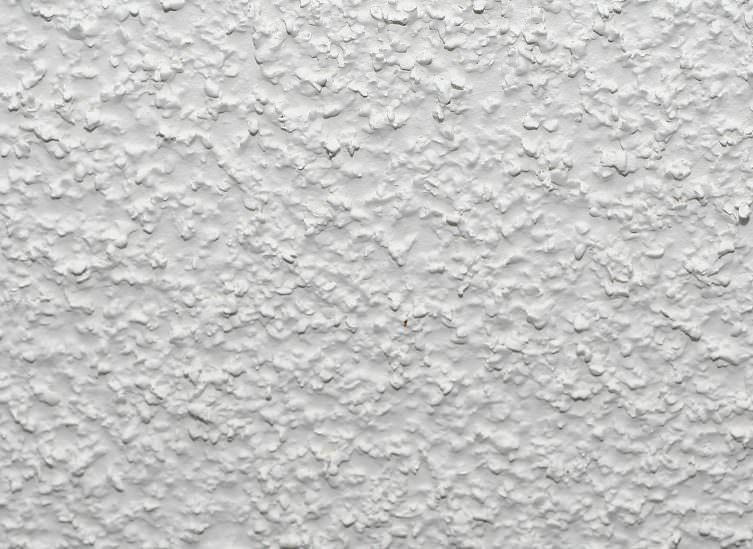
How to Paint Newly Textured Wall
Posted on February 15, 2019
Textured walls are an easy way to cover previous nail holes, dings and spackling blunders. Imperfections in drywall show through even the best of paint jobs. The appeal is undeniable but now that your textured wall is up, how do you paint it?
Newly textured walls create a new monster when it comes to painting. Flat surfaces are hard to paint, textured are harder. The peaks and valleys of the wall will not work with the wrong brushes and equipment. They also take more paint and cause big splatter zones. Getting the right preparation and tools will make the job easier.
Before you paint
Tape off anything you do not want splattered. It’s a good idea to get a wider width painter’s tape and put down more than you expect to need. Press the edge down hard with a putty knife. Use a drop cloth taped down, or flattened cardboard boxes to cover the floor. Cover the entirety of windows and wear old clothes you don’t mind getting paint on.
Supplies
The raised texture of your walls create a uniquely uneven surface. The nap on your roller has to be deep enough to reach the valleys in the texture. A roller with ½ inch to ¾ inch nap is best. It will absorb more paint and be very heavy when it’s loaded. If you’re using a brush, try a 2-inch angled brush for corners.
Paint
Buy extra. More paint is going to be used in painting a textured room, than a flat wall. It’s a good idea to get the trim color as well. The potential for having to repaint the area under the tape is very high. Remember, splatters and nap use paint up quickly too.
Technique
Paint the edge of the tape on the trim with the trim paint color. It will seal any imperfections in laying the tape down with the color that’s under it. This prevents your new color from seeping into tape bubbles and filling up. Paint the textured wall the same as any other. Use a W shaped motion. Don’t press too hard, or the paint will run. Cover all of the wall, let it dry and repeat.
Untaping
Once dry, use a box knife to cut the line between the tape and the newly painted wall. Don’t cut deep or you’ll end up with a cut in your new paint. Slowly but firmly pull the tape off the wall. You may have to touch up areas where the paint seeped through the tape.





